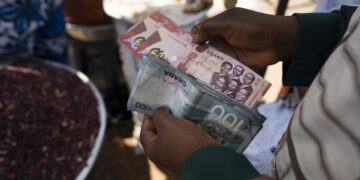Government’s Debt to GNPC Rises to $1.25 Billion
The Government of Ghana’s indebtedness to the Ghana National Petroleum Corporation (GNPC) has ballooned to $1.25 billion as of December 2024, raising renewed concerns over the long-term financial viability of the state-owned oil firm.
The figure, disclosed in the latest report from the Public Interest and Accountability Committee (PIAC), underscores what the watchdog described as a deepening reliance by the government on the Corporation for off-balance-sheet financing—despite repeated warnings to curb the practice.
According to the report, the sharp rise in liabilities stems from a combination of unrecovered budgetary support and fresh guarantees issued by GNPC on behalf of government agencies. The situation marks a significant deterioration from the 2021 report, when GNPC had failed to recover $126.68 million in planned revenue, contributing to cumulative arrears of $318.09 million dating back to 2011.
PIAC, which serves as Ghana’s independent oversight body for petroleum revenue management, has consistently urged the Corporation to cease issuing new loans and guarantees in the absence of substantial repayments. The Committee’s latest assessment reiterates that position, describing the government’s debt accumulation as “untenable” and warning that it threatens GNPC’s ability to deliver on its core mandate.
“The continued use of GNPC as a quasi-fiscal agent compromises its financial position and undermines its strategic role in the development of Ghana’s petroleum sector,” the report noted.
The Corporation, which plays a critical role in upstream operations and national energy security, has been under mounting pressure to fund infrastructure projects and bridge financing gaps in the absence of timely disbursements from the national budget.
Analysts warn that without urgent reforms to restore fiscal discipline and ring-fence GNPC’s resources, the firm may struggle to maintain operational efficiency and attract private sector partnerships essential to developing Ghana’s petroleum reserves.








